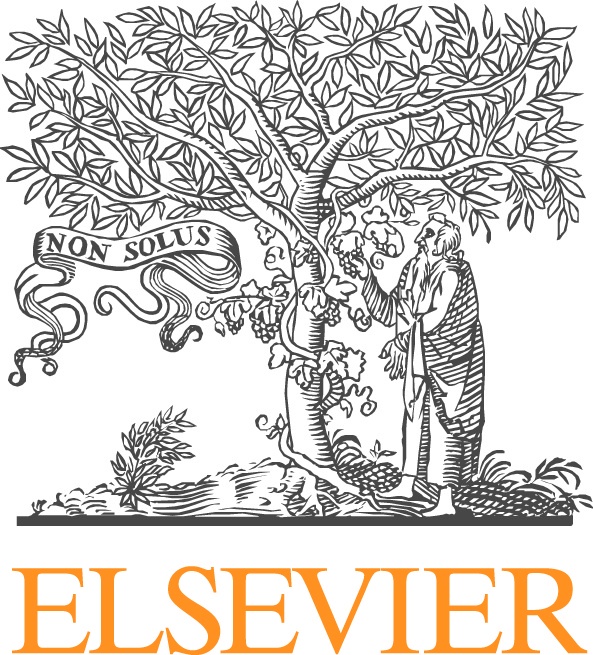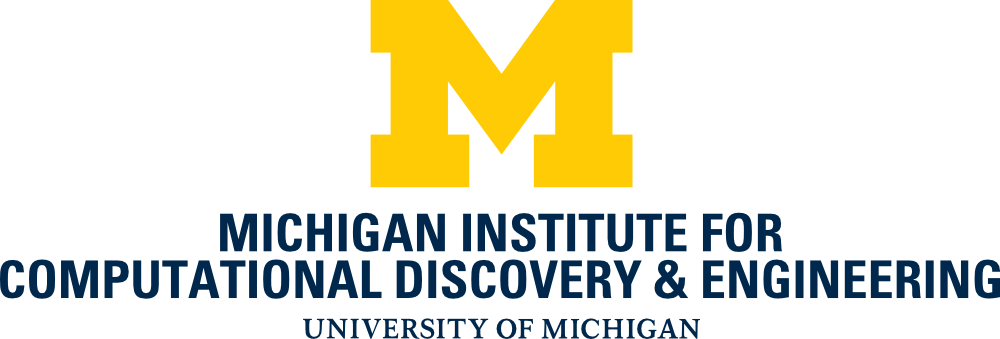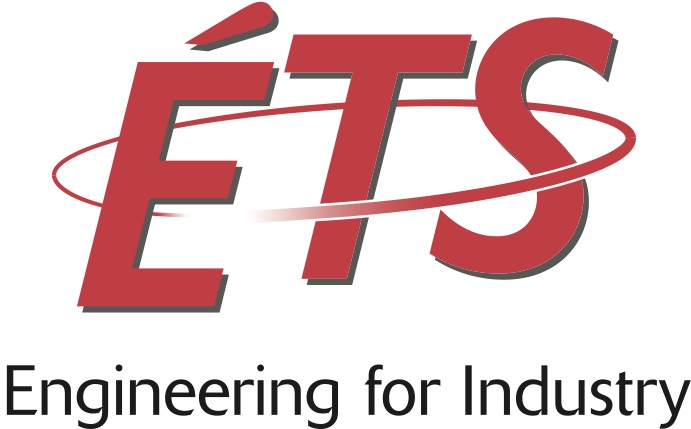Classical and Non-classical Plate and Shell Models in Computational Mechanics of Multilayered, Sandwich, and Functionally Graded Composites
Alexander Tessler, NASA Langley Research Center
Marco Di Sciuva, Politecnico di Torino
Maenghyo Cho, Seoul National University
Marco Gherlone, Politecnico di Torino
Over the past several decades, laminated composite, sandwich, and multi-functional structures have found increased usage in many industries including the aerospace, automotive, civil, marine, and sports. Due to their inherent performance and economic advantages, advanced composites are often indispensable in solving various design challenges. To enable reduced weight, increased performance, and affordable composite materials and structures, a large number of theoretical and computational analysis approaches have been developed.
This mini-symposium will focus on recent advances in both classical and non-classical structural theories and finite element formulations that address the specific challenges of composite materials related to both analytic issues and computational mechanics modelling approaches. The advanced topics of analysis of laminated composites, sandwich structures, functionally graded materials, delamination and damage modelling will be addressed. Methods that incorporate higher-order effects including cross-sectional distortions and thickness-stretch deformations are pertinent to this mini-symposium. Papers discussing novel approaches which explore more realistic representations of the deformation states of transverse-shear-flexible multi-layered structures and lead to the development of computationally efficient finite elements are of great interest. In addition, papers addressing practical applications and experimental assessments of various analytic and computational approaches are also within the scope of this mini-symposium.







